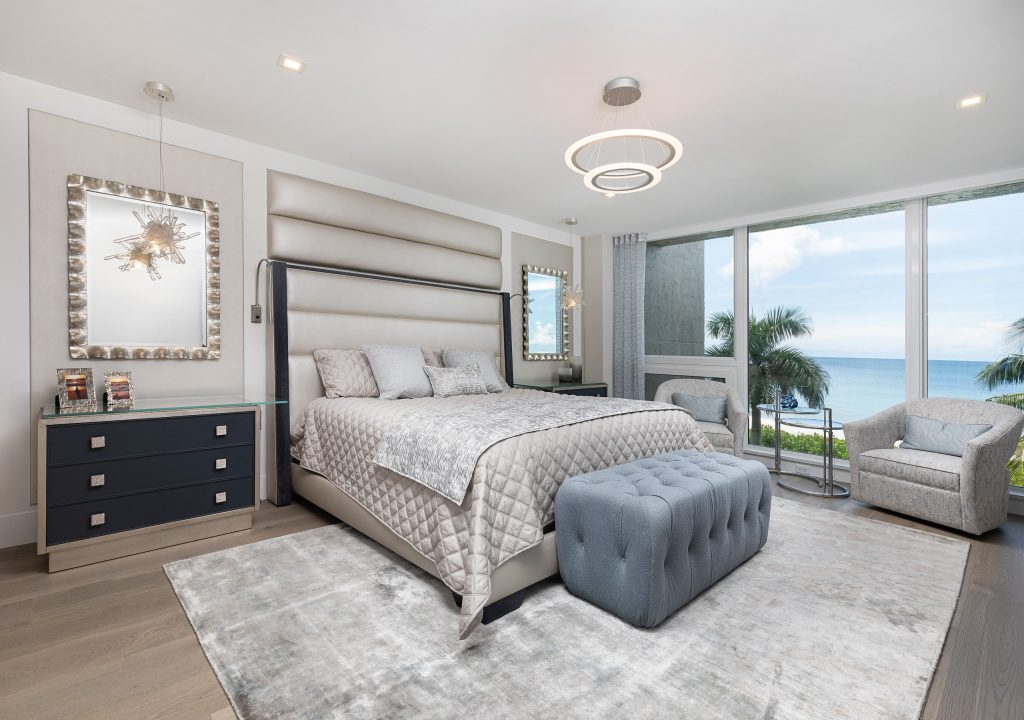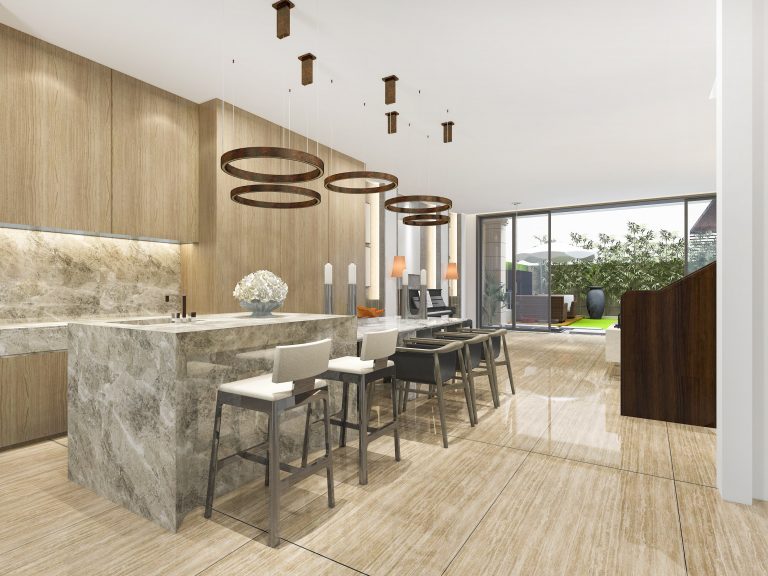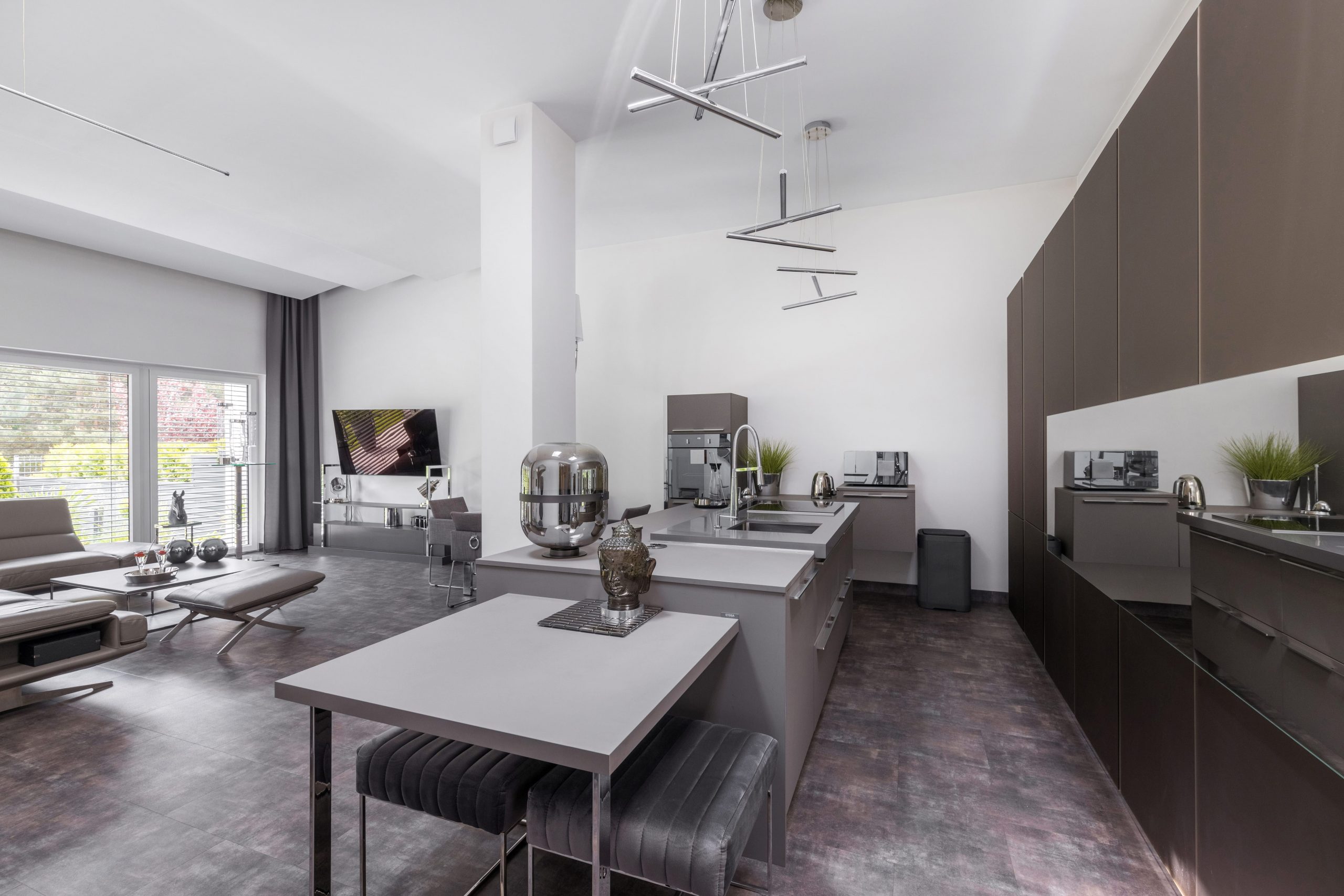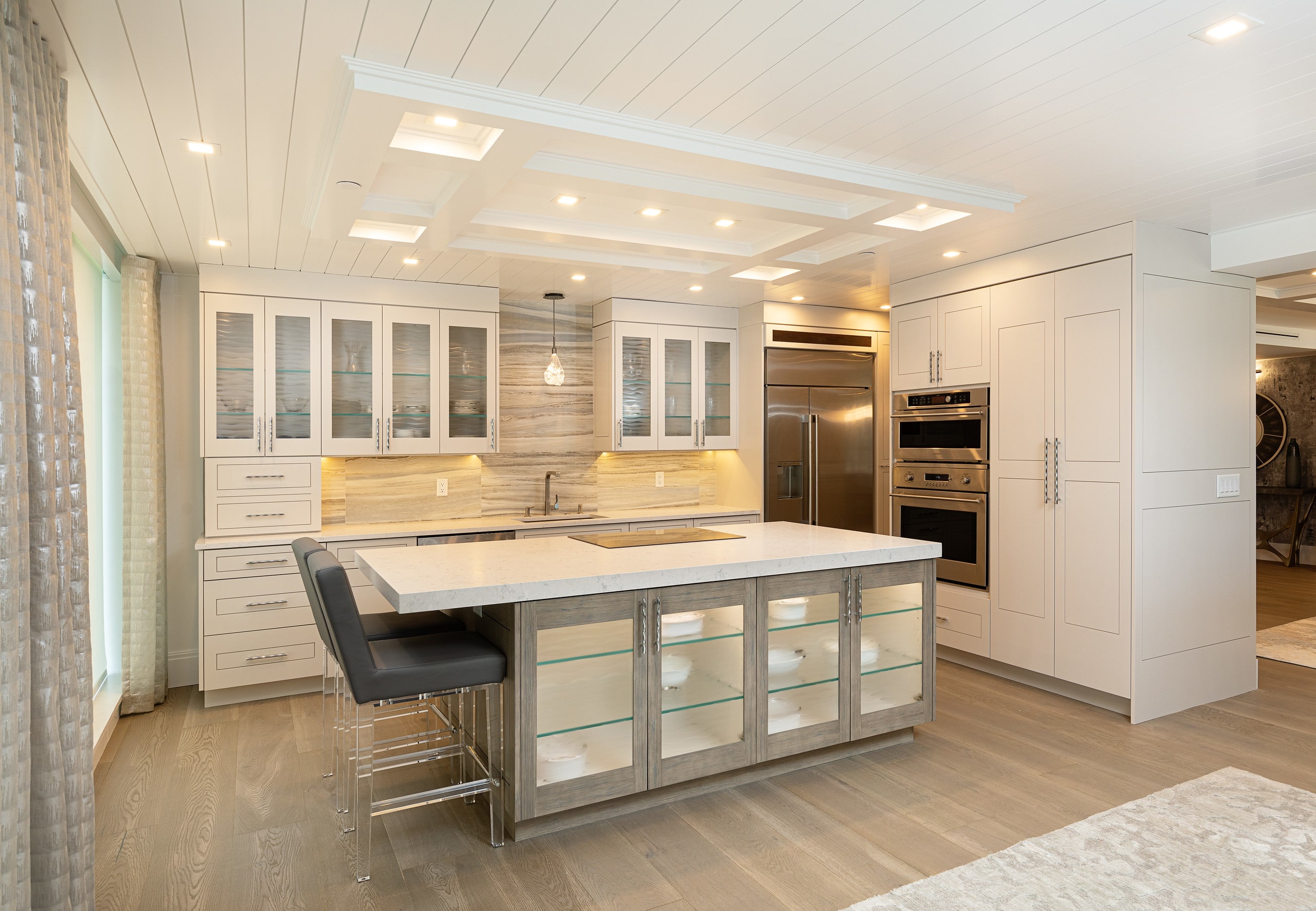Introduction: The Benefits of Upgrading Your Home
Upgrading your home offers numerous benefits, including enhancing its value and increasing resale potential. Renovations also improve comfort and enjoyment by tailoring your living space to your needs. Incorporating new technology can lead to energy savings and reduced utility bills, while personalized upgrades allow you to showcase your unique style, making your home truly your own. Whether for functionality, aesthetics, or efficiency, upgrading your home is an investment in your quality of life.
Types Of Remodeling Services
When planning a home remodeling project, it’s important to understand the variety of services available to achieve the best results. These services include kitchen, bathroom, and bedroom remodeling, as well as full home renovations. Each type offers unique benefits, such as enhanced functionality, improved aesthetics, and increased home value. By familiarizing yourself with these options, you can make informed decisions tailored to your specific needs and goals.
Costs Involved In Remodeling Project
Embarking on a home remodeling project can be both exciting and daunting. For some, it’s an opportunity to refresh their home’s appearance, improve functionality, or introduce a new style. For others, the potential costs and complexities can feel overwhelming. The expenses associated with remodeling vary widely depending on the scope and scale of the work, ranging from $10,000 to $60,000 for an average-sized home with 2-3 bedrooms. To ensure a successful outcome, it’s crucial to start by clearly understanding your goals and being realistic about your budget and expectations.
How to Plan the Perfect Remodeling Project for Your Home
Planning is the cornerstone of any successful remodeling project. Start by identifying your priorities—whether it’s transforming the most essential room or tackling more challenging renovations first. Consider your goals for the completed renovation: do you want a more energy-efficient home, an eco-friendly design, or an enhanced space for entertaining? By clearly defining your vision, you’ll be better equipped to make informed decisions about materials, finishes, and the overall design, ensuring your project aligns with your needs and lifestyle.
The Process from Preliminary Design to Completion
The journey from preliminary design to project completion varies based on the scope of the work. The preliminary design, often a sketch or initial drawing, is created early in the project to help secure approvals, permits, and establish a budget. As the design evolves, revisions are common as plans are refined with input from architects and contractors. Construction drawings, which detail materials, dimensions, and specific elements like windows and electrical placements, guide the actual build. These drawings may also be adjusted during construction to reflect real-time material availability and costs.
Conclusion: How Do I Know if My Home Needs Remodeling?
Determining whether your home needs remodeling involves assessing various factors. Start by identifying areas in need of repair or upgrades, such as outdated appliances, worn-out surfaces, or inefficient layouts. Consider if certain spaces are too small for your current lifestyle or if your home’s structure no longer meets your needs. Additionally, think about whether you want to make your home more eco-friendly or modernize its aesthetic. These considerations can guide you in deciding what changes are necessary to enhance your home’s functionality and value.




